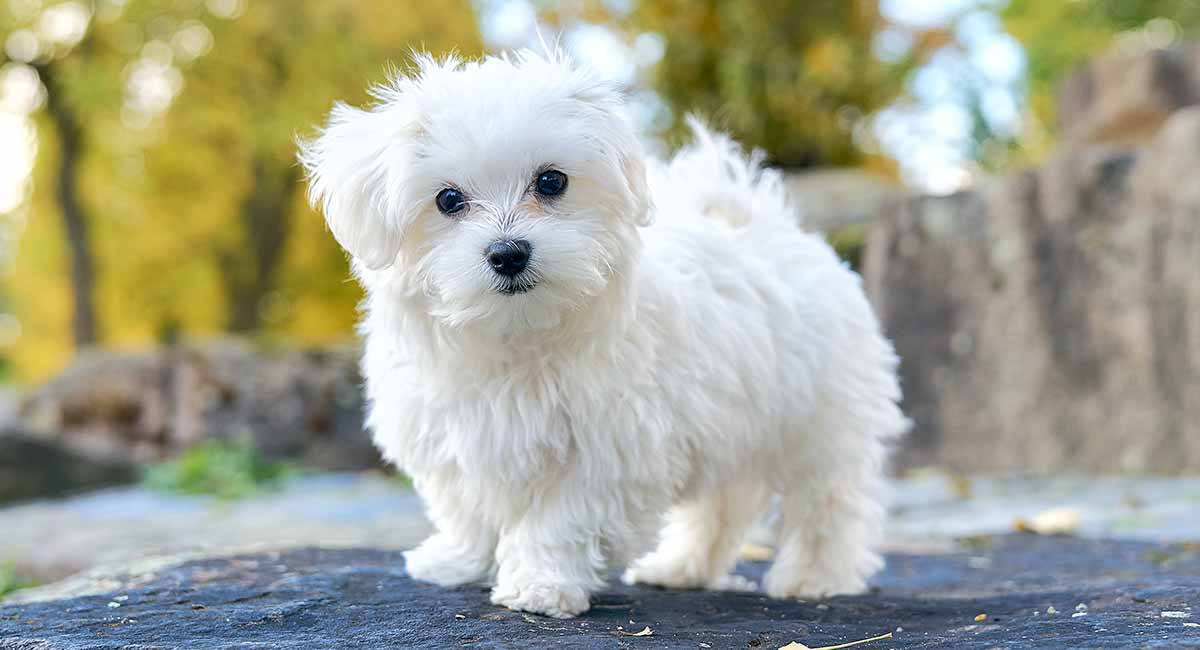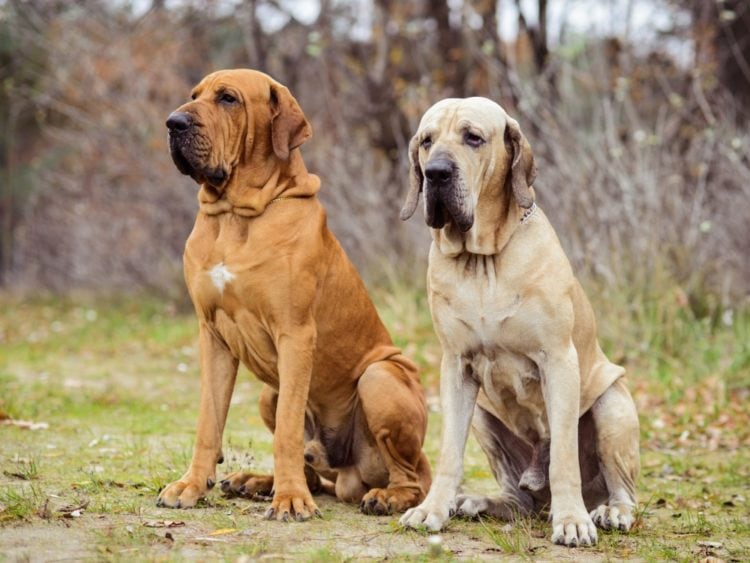When it comes to ranking intelligence in dogs, there are often discussions surrounding the so-called “dumbest dog breeds.” These stereotypes and generalizations can be misleading and unfair to certain breeds. In this thought-provoking blog post, we aim to challenge the notion of labeling dog breeds as “dumb” and explore the diverse abilities, characteristics, and unique qualities that each breed brings to the table. Get ready to delve into the fascinating world of canine intelligence and discover why judging a dog’s intelligence solely based on breed can be far from accurate.
Understanding Canine Intelligence: Beyond Traditional Measures
Before we dive into debunking the notion of “dumbest dog breeds,” it’s crucial to understand that intelligence in dogs goes beyond traditional measures. We’ll explore the concept of canine intelligence and discuss how different breeds may excel in various areas, such as problem-solving, instinctual intelligence, or emotional intelligence. By broadening our understanding of intelligence, we can appreciate the diverse strengths that each breed possesses.

The Role of Breed Traits and Purpose
Every dog breed was selectively bred for a specific purpose, whether it be herding, hunting, or companionship. We’ll take a closer look at how breed traits and purpose influence a dog’s behavior and intelligence. By understanding the unique characteristics that each breed brings to the table, we can better appreciate their abilities and the intelligence they exhibit in fulfilling their intended roles.
Training and Environmental Factors
The intelligence of a dog is not solely determined by its breed but is greatly influenced by training and environmental factors. We’ll discuss how the quality of training, socialization, and the environment in which a dog is raised can significantly impact their cognitive abilities and behavior. Highlighting the importance of positive reinforcement and individualized training approaches, we’ll demonstrate how any breed can excel with the right guidance and nurturing.
Challenging Stereotypes: Brilliant Minds in Surprising Packages
In this section, we’ll delve into specific dog breeds that are often labeled as “dumb,” challenging these stereotypes by showcasing their unique talents and capabilities. From the lovable and loyal Basset Hound to the entertaining and spirited Bulldog, we’ll celebrate the distinctive qualities that make each of these breeds special. Prepare to be amazed by the brilliance hidden behind these perceived “dumb” exteriors.

Broadening the Definition of Intelligence
Intelligence comes in various forms, and it’s crucial to broaden our definition beyond a narrow set of criteria. We’ll explore different aspects of intelligence, such as adaptability, emotional intelligence, and social skills, highlighting how these qualities are equally valuable in our canine companions. By embracing a more comprehensive understanding of intelligence, we can appreciate the unique strengths that every dog, regardless of breed, brings into our lives.
Celebrating the Bond: Intelligence in the Eye of the Beholder
Ultimately, the intelligence of a dog is not solely determined by its breed or perceived abilities. We’ll emphasize the importance of the human-canine bond, the love, loyalty, and connection that transcends any measure of intelligence. Our dogs bring us joy, comfort, and companionship, regardless of their breed or perceived intelligence level. Let’s celebrate the remarkable bond we share with our furry friends, acknowledging that their true value goes far beyond any stereotypes or rankings.
Conclusion
The notion of “dumbest dog breeds” is a simplistic and unfair generalization that fails to capture the true essence and depth of canine intelligence. By challenging these stereotypes and embracing a broader understanding of intelligence, we can appreciate the unique qualities that each breed brings into our lives. Let us celebrate the remarkable abilities, loyalty, and love that our canine companions offer, reminding us that true intelligence lies in the eye of the beholder.



